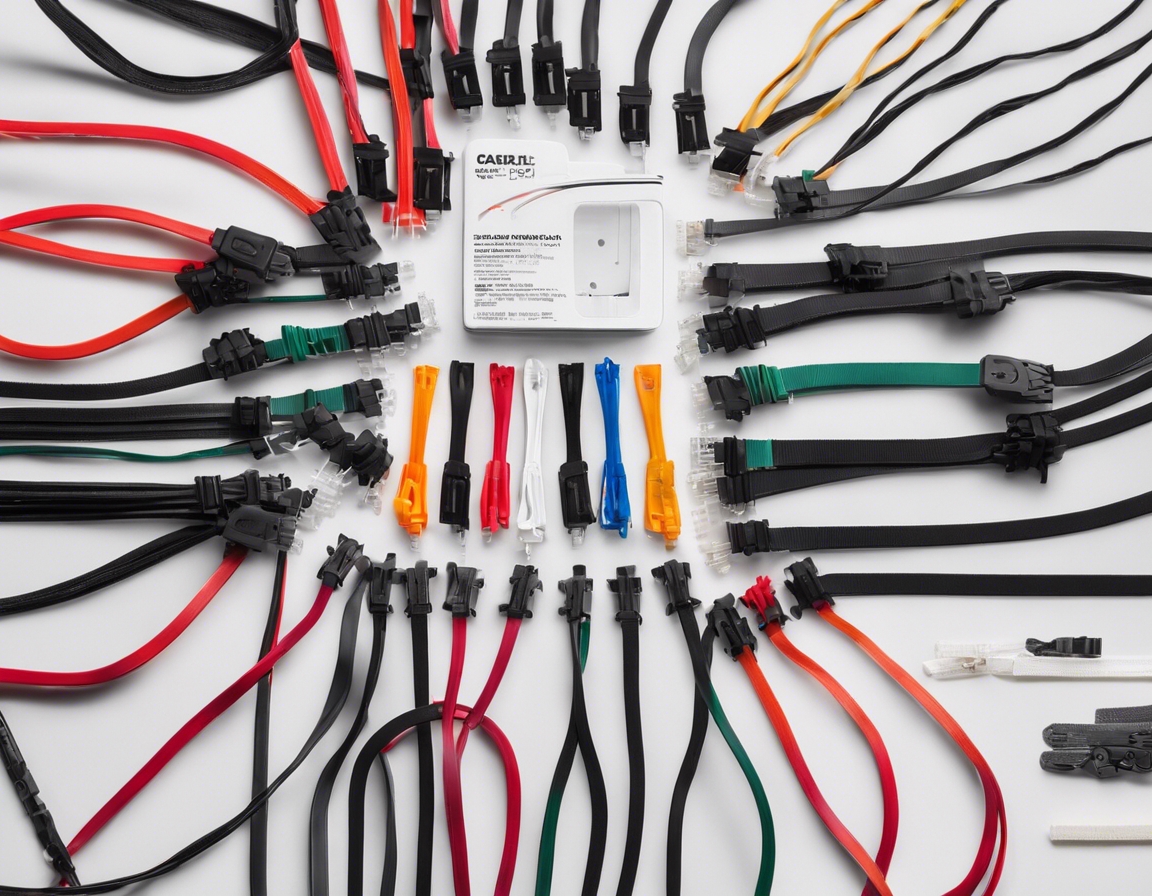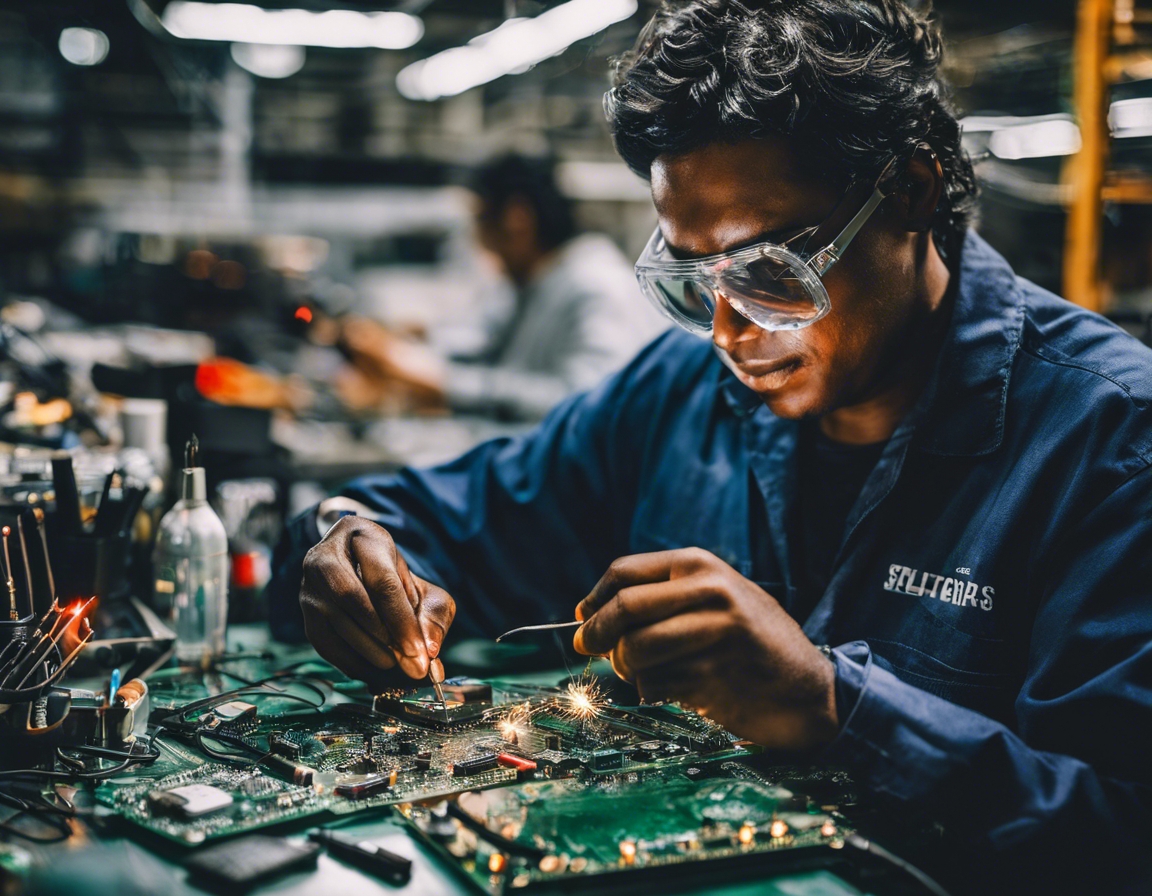How to ensure your electrical installation meets safety standards
Electrical safety is a critical aspect of any construction or renovation project. Ensuring that electrical installations meet safety standards is not only a legal requirement but also a moral imperative to protect property and, more importantly, human life. Electrical mishaps can lead to severe injuries, fatalities, and significant property damage, making it essential to adhere to stringent safety protocols.
Electrical hazards are varied and can include shock, arc flash, fire, and explosion. These risks are heightened when installations are outdated, improperly installed, or poorly maintained. Recognizing these hazards is the first step towards mitigating them.
Understanding Safety Standards
Electrical installations are governed by a complex web of international and local regulations designed to ensure safety and reliability. It's crucial to be aware of and comply with these regulations, which can vary significantly depending on the location and type of installation.
Standards such as the National Electrical Code (NEC) in the United States, or the IEC standards internationally, provide guidelines for electrical installations. Familiarity with these standards is essential for anyone involved in electrical work.
Planning for Safety in Electrical Installations
Safe electrical installations begin with proper design. This involves calculating load requirements, planning circuit layouts, and ensuring that all components are rated for their intended use.
Selecting high-quality materials and components that meet or exceed safety standards is vital. This is where VIRU ELEKTRIKAUBANDUS AS comes into play, offering a range of products that adhere to the highest safety standards.
Professional Installation and Best Practices
Professional installation by qualified electricians ensures that electrical systems are installed correctly and safely. This reduces the risk of hazards and ensures compliance with safety standards.
Best practices in electrical installations include following wiring regulations, using the correct tools and equipment, and adhering to safety protocols at all times.
Regular Maintenance and Inspections
Regular maintenance is crucial to the ongoing safety of electrical installations. This includes checking for wear and tear, ensuring that all connections are secure, and replacing any damaged components.
Inspection checklists are a valuable tool for ensuring that every aspect of an electrical installation remains up to code. These checklists cover everything from wiring integrity to the proper functioning of safety devices.
Upgrading and Retrofitting
As technology advances, older electrical systems may become obsolete or unsafe. Knowing when to upgrade can prevent safety issues and improve efficiency.
Modern electrical systems come with advanced safety features such as arc-fault circuit interrupters (AFCIs) and ground-fault circuit interrupters (GFCIs). VIRU ELEKTRIKAUBANDUS AS provides the latest in electrical technology to ensure your installations are up to date.
Training and Education
Electricians and other professionals must engage in continuous learning to stay abreast of the latest safety standards and technologies. This includes regular training and certification.
Homeowners and businesses can benefit from educational resources to understand their electrical systems better and recognize when professional help is needed.






Comments (0)